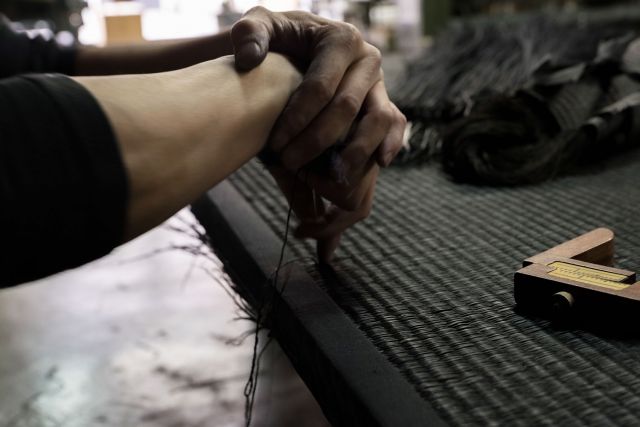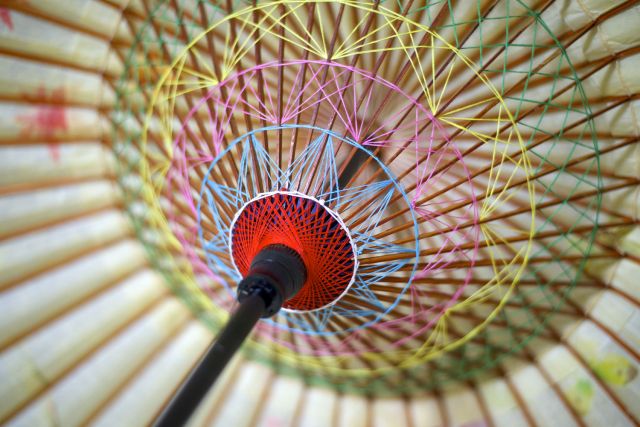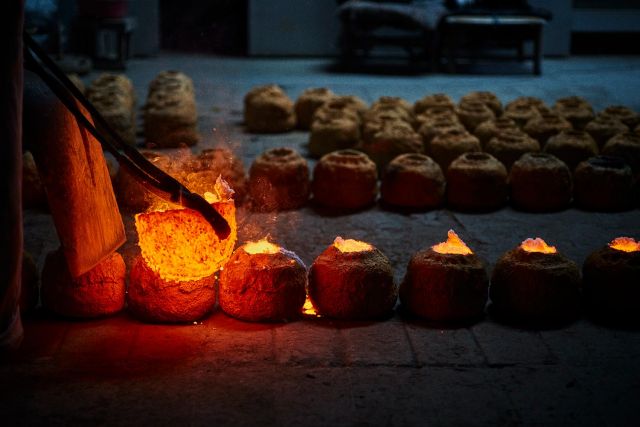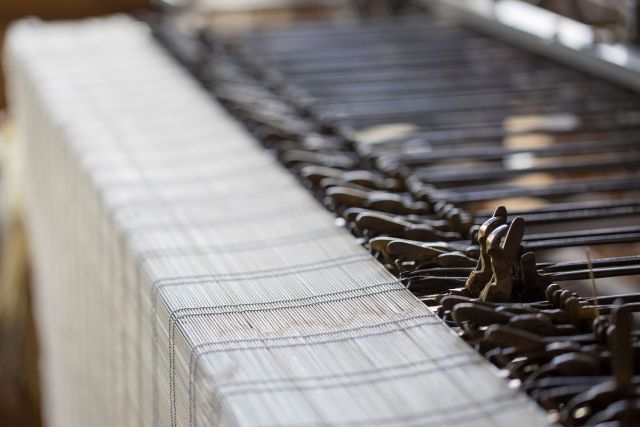This modern tatami (without a fabric edging) has been arranged in a traditional configuration. The tatami will change colour over time, transitioning from a green hue to a warm golden colour. “Ryukyu Omote” is made from a different reed than standard tatami and has a more rustic appearance. The weave of this tatami is closest to its origins.
Length 95 cm
Width 95 cm
Height 2 cm
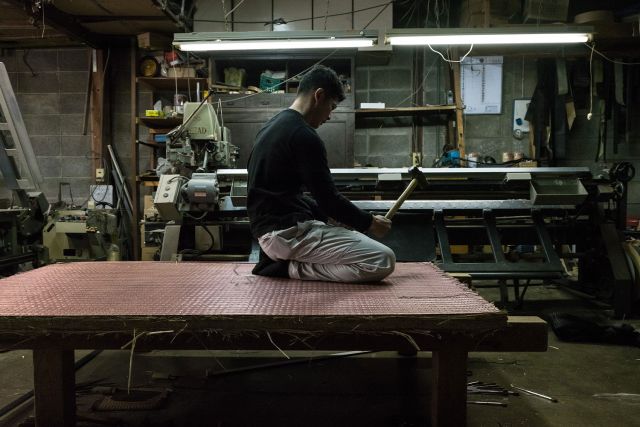
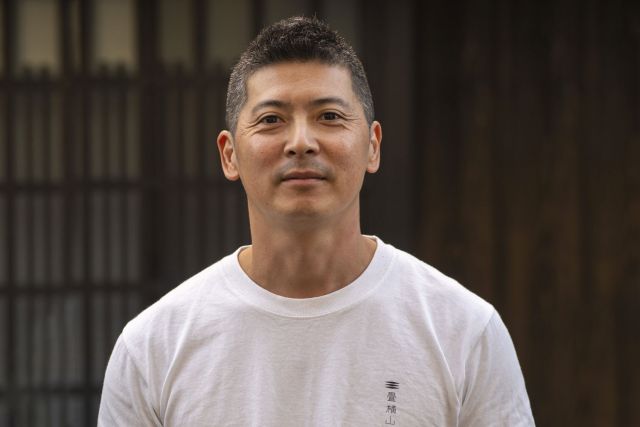
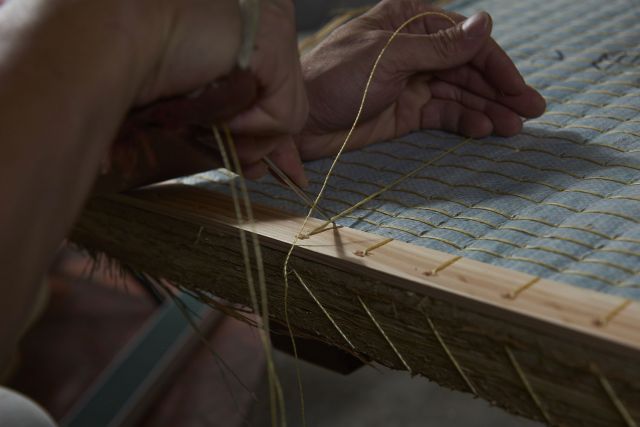
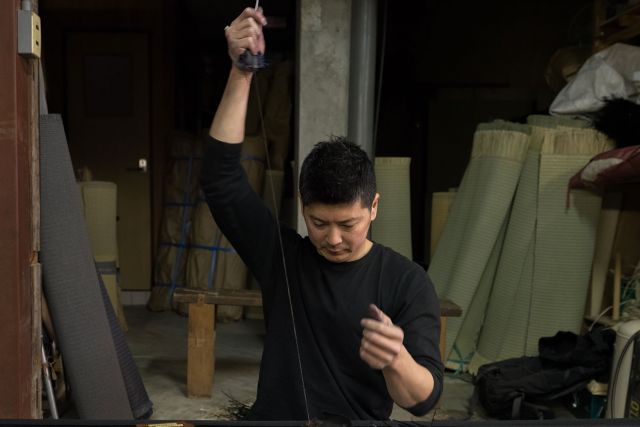
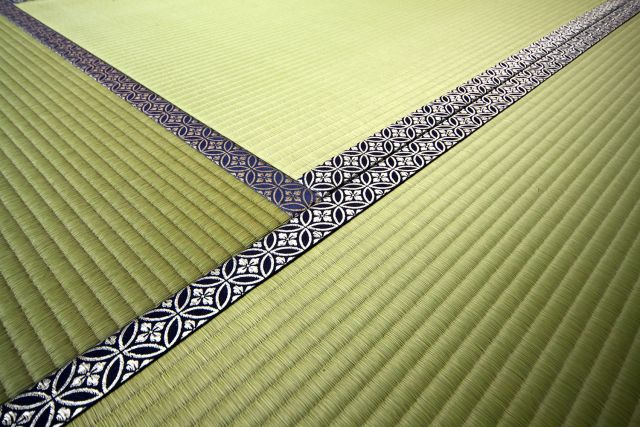
Mitsuru Yokoyama
- Tatami maker
- Kyoto, Japan
- Master Artisan
By appointment only
+81 753666569
A modern makeover
- • Yokoyama is a master artisan specialising in tatami mats
- • He is committed to protecting cultural heritage
- • He makes traditional tatami for temples as well as more contemporary pieces
After years spent immersed in other cultures, Mitsuru Yokoyama began to feel a strong desire to reconnect with his roots and share a part of Japan with the world. In 2012, he went to school, undertook a four-year apprenticeship and finally opened his own studio and gallery in 2018. He makes tatami for traditional Japanese architecture, as well as contemporary art and design. Each of his works is custom-made. He adjusts the creative process and the quality of materials to be perfectly suited to the space and its intended use. Committed to protecting tradition while striving for innovation, he often uses unconventional colours and compositions in his work. He boldly pushes the boundaries of the traditional craft through collaborations with designers and other craftsmen.
Read the full interviewWorks
Photo: © Frédéric Mery | HansLucas

Photo: © Frédéric Mery | HansLucas
This is a modern approach to the “tokonoma” display space in traditional Japanese rooms.
Length 95 cm
Width 95 cm
Height 3 cm

Photo: © Naoyuki Ogino
The main hall of the famed Ohara temple Hōsen-in, a Buddhist temple of the Tendai-shū sect, is located in Kyoto’s Sakyō Ward. The temple is designated as a natural monument by the government.
The standard tatami weave is the most common style and the colour will change to a golden hue over time. The tatami is free of chemical treatments and is hypoallergenic. The base helps with climate control by absorbing and expelling moisture, while the tatami traps carbon dioxide.
Length 95 cm
Width 95 cm
Height 55 cm

Photo: © Naoyuki Ogino
This custom-made tatami bed created in collaboration with other traditional craftsmen. The oversized, handmade tatami has a disappearing edge, is crafted with traditional Japanese carpentry techniques, and is finished with red “urushi” lacquer.
Length 200 cm
Width 180 cm
Height 10 cm





